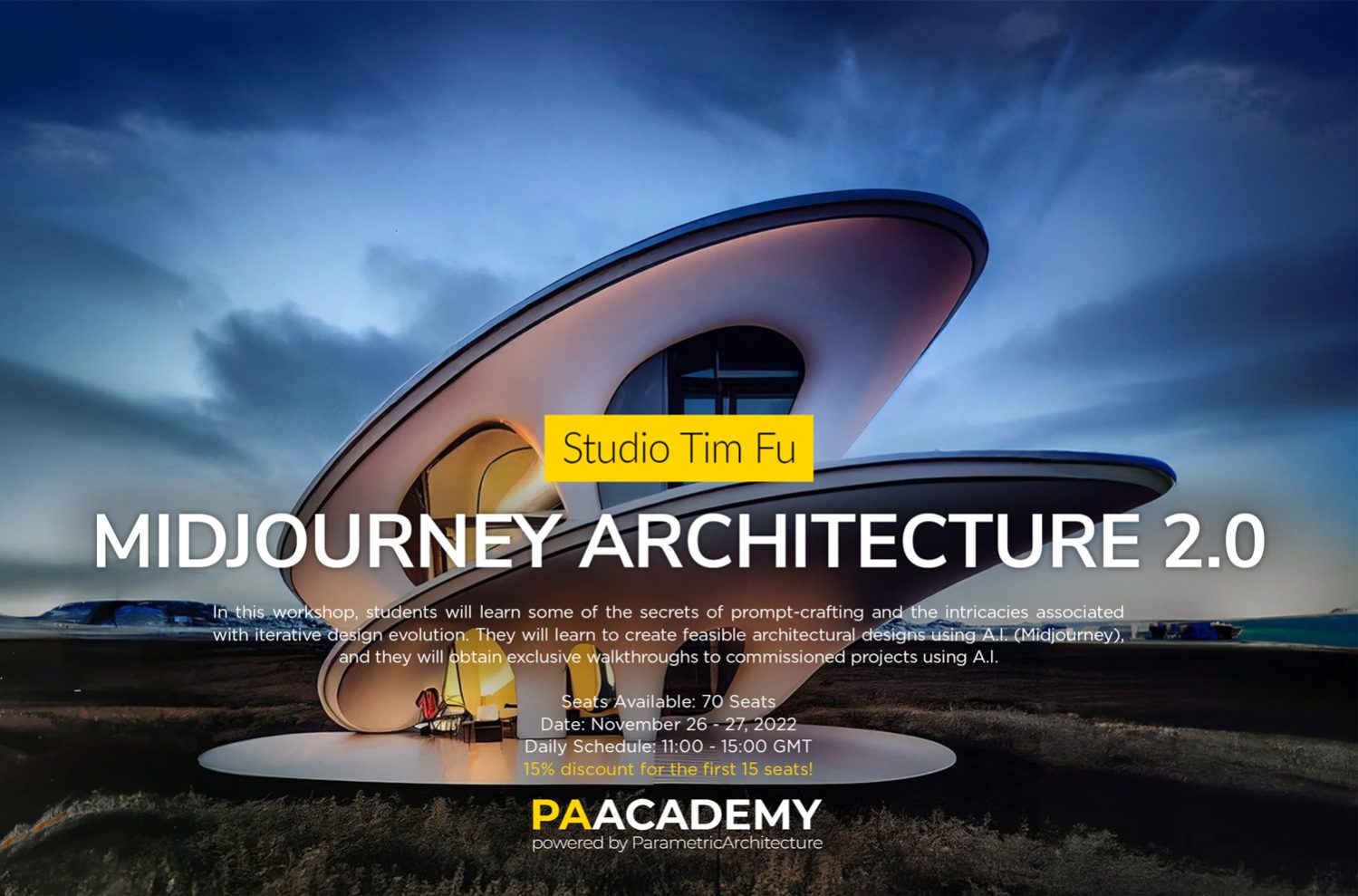Midjourney Architecture 2.0

In this workshop, students will learn some of the secrets of prompt crafting (the ability to control diffusion-model A.I.) and the intricacies associated with iterative design evolution. Beyond technical skills with A.I. (Artificial intelligence), they will learn some of the architectonic and visual sensibilities that go into curating A.I. (Artificial intelligence) as a medium of art and architecture.
For more information, visit Midjourney Architecture 2.0
- Seats Available: 70
- Date: November 26 - 27, 2022
- Schedule: Saturday and Sunday
- Time: 13:00 - 17:00 (GMT)
- Tutors: Tim Fu
In this workshop, students will learn some of the secrets of prompt crafting (the ability to control diffusion-model A.I.) and the intricacies associated with iterative design evolution. Beyond technical skills with A.I. (Artificial intelligence), they will learn some of the architectonic and visual sensibilities that go into curating A.I. (Artificial intelligence) as a medium of art and architecture.
For more information, visit Midjourney Architecture 2.0
Topic:
Midjourney Architecture
Time:
November 26 - 27, 2022
Location:
Zoom
Format:
Online
Total Sessions:
2 Sessions
Total Hours:
8 Hours
Workshop Type:
Workshop
Registration Deadline:
November 25, 2022
Seats Avalaible:
70
General Registration:
135 EUR
Early-Bird Registration:
135 EUR
On-demand Recordings:
135 EUR
Organized by:
PAACADEMY
Software:
Midjourney - Dalle2 - Photoshop - Rhino3D - Grasshopper3d
Tim Fu
Tim is a Canadian Architectural Designer working at Zaha Hadid Architects in London, UK. He is part of ZH CODE (Computational research group) where he specializes in algorithmic design and related computational research for projects worldwide. He previously worked as Project Lead at IJP Architects where his work can be found in CNN, Archdaily, AJ, and Dezeen. He graduated master’s with distinction from the Architectural Association and runs a computational design workshop at the Harvard GSD. Tim’s continual exploration with A.I. in architecture has caught global attention and he’s been actively working both at ZHA and independently to find methods of adapting A.I. into the architectural practice.





